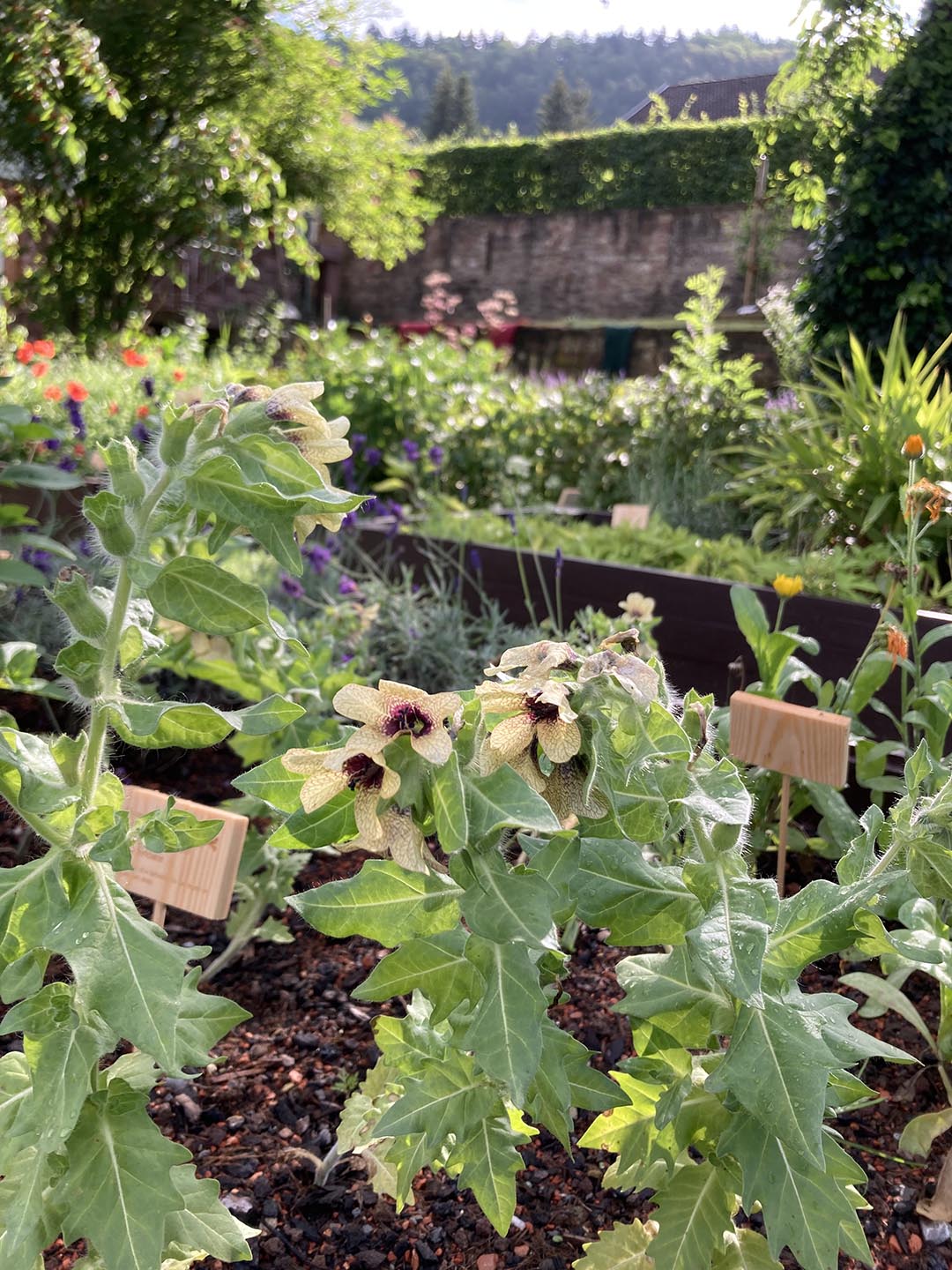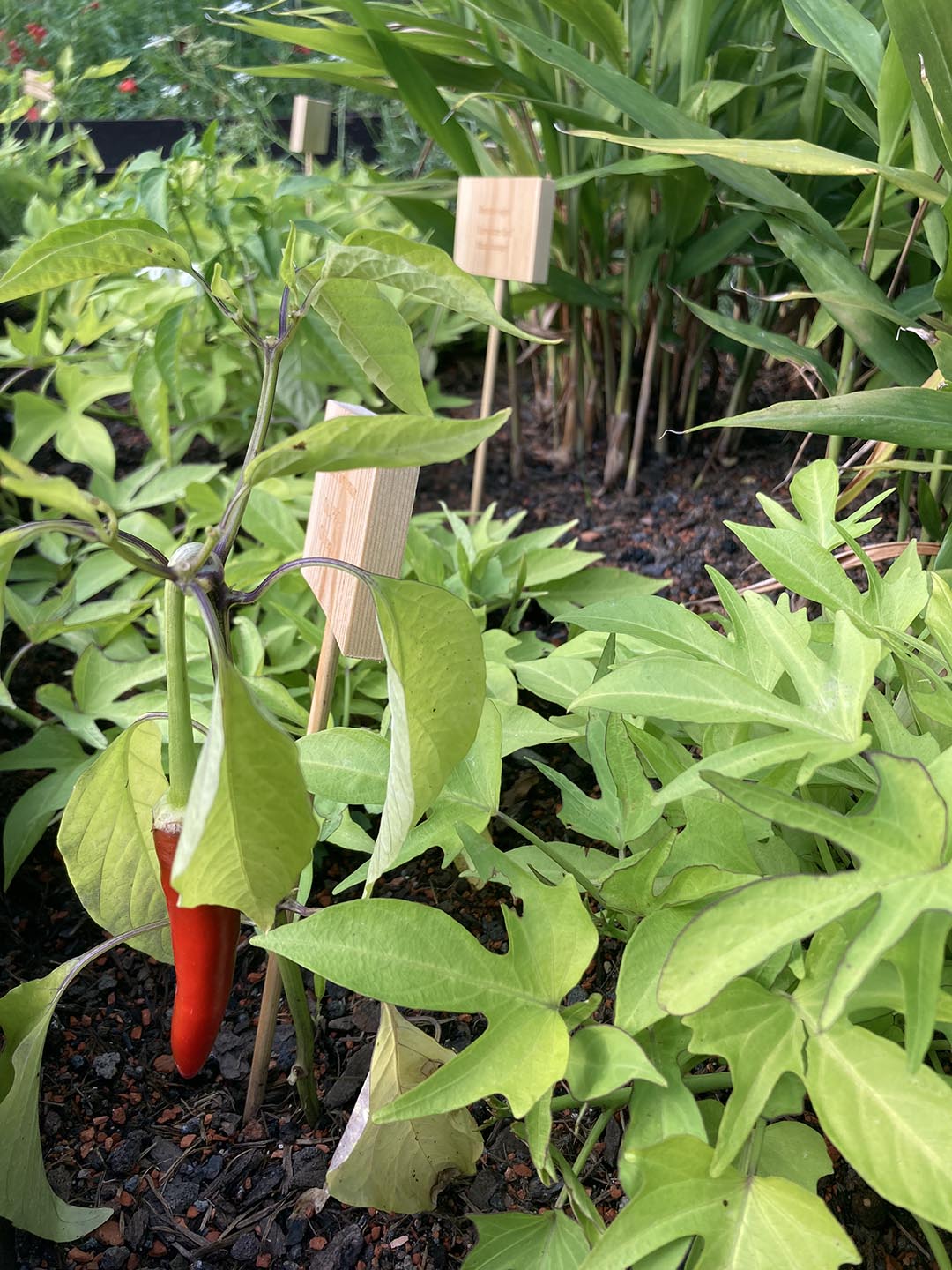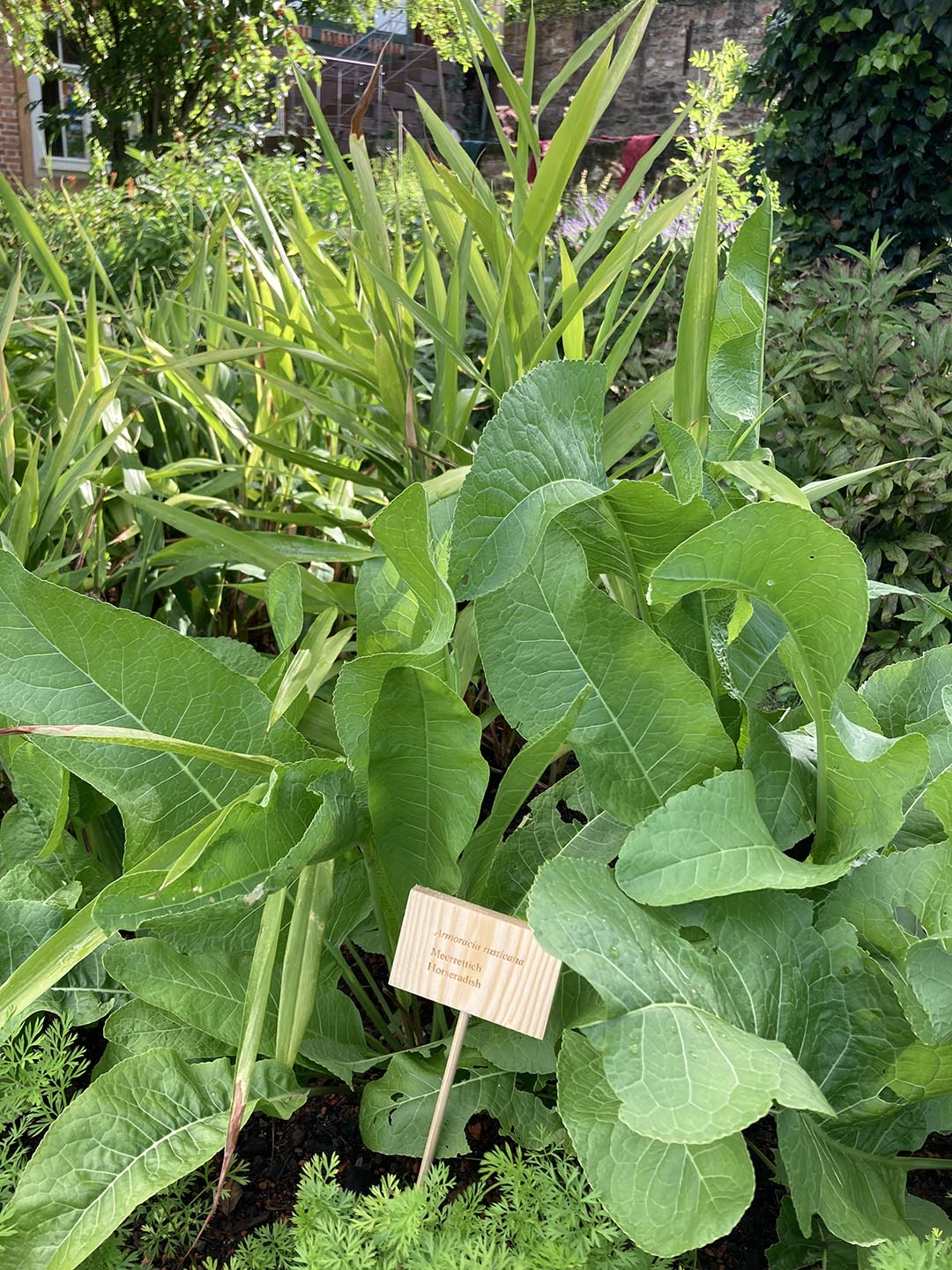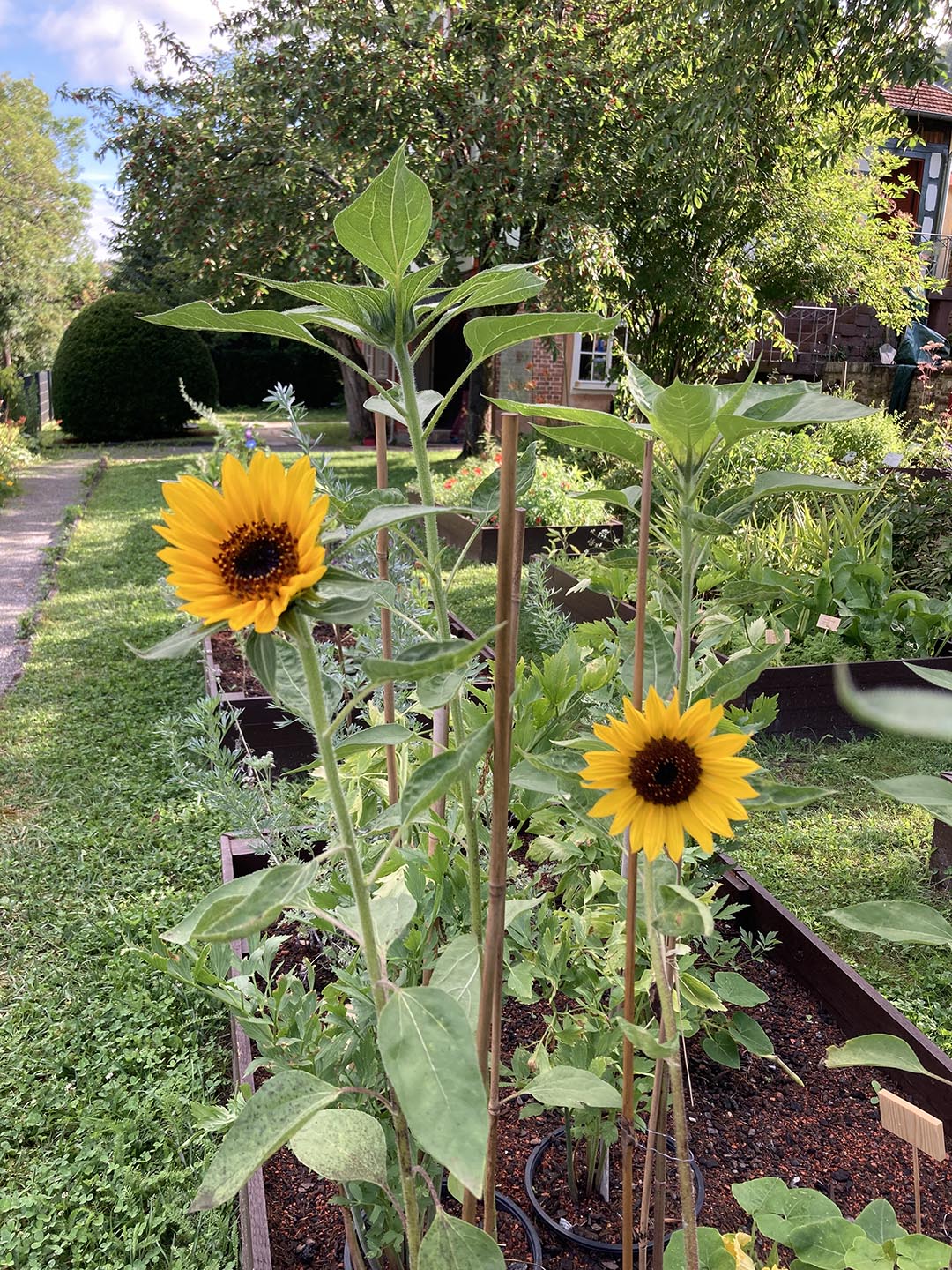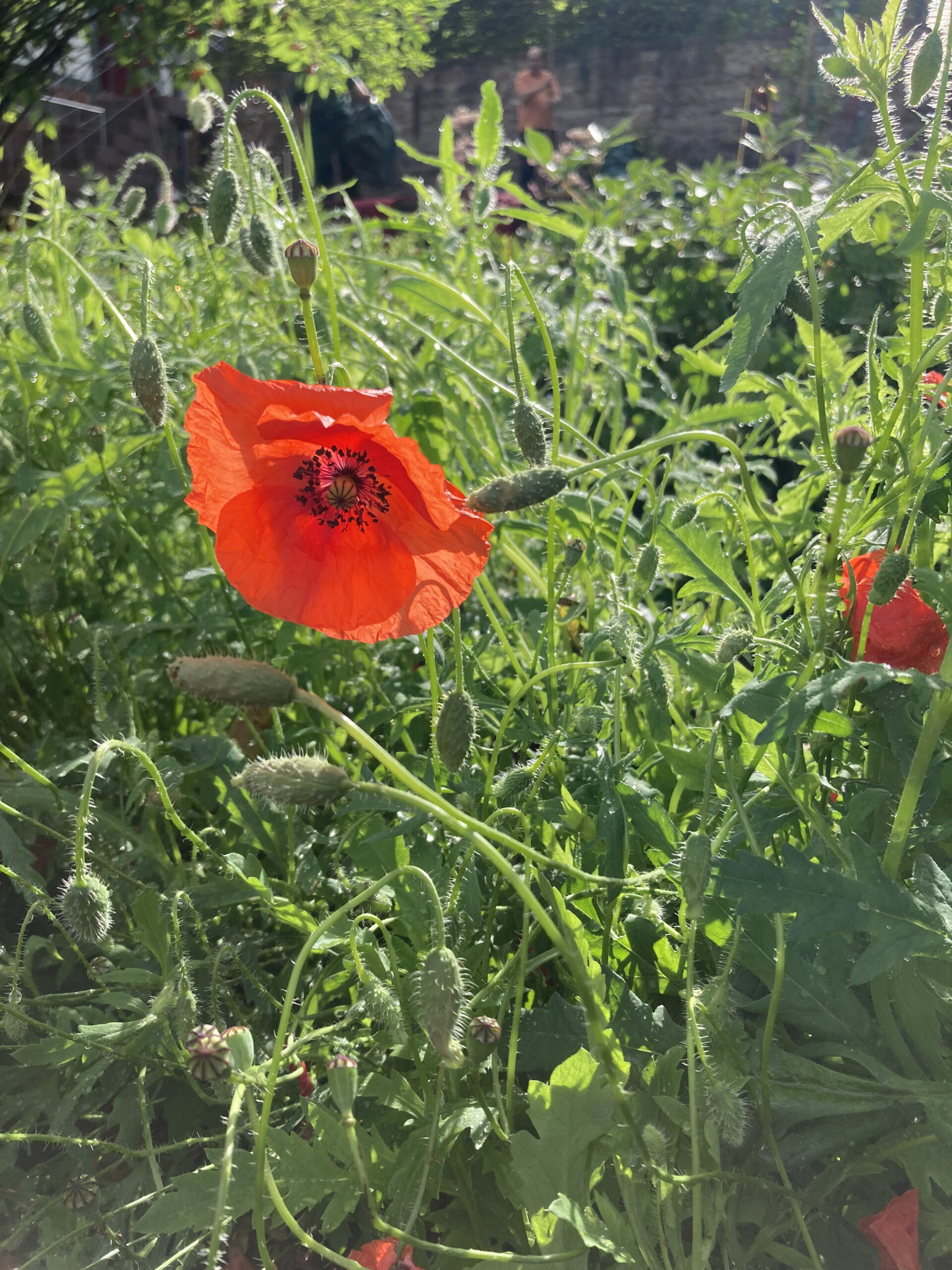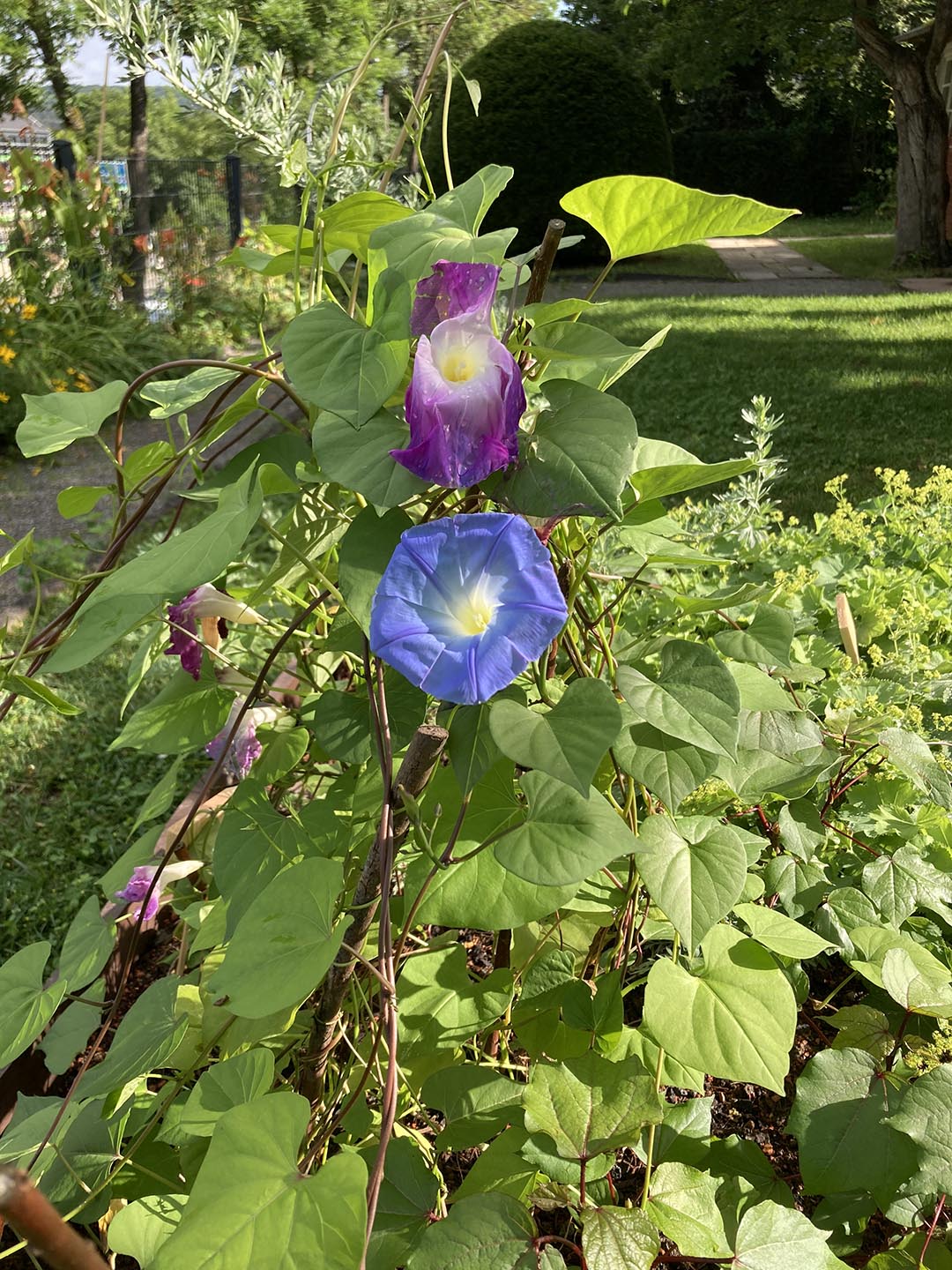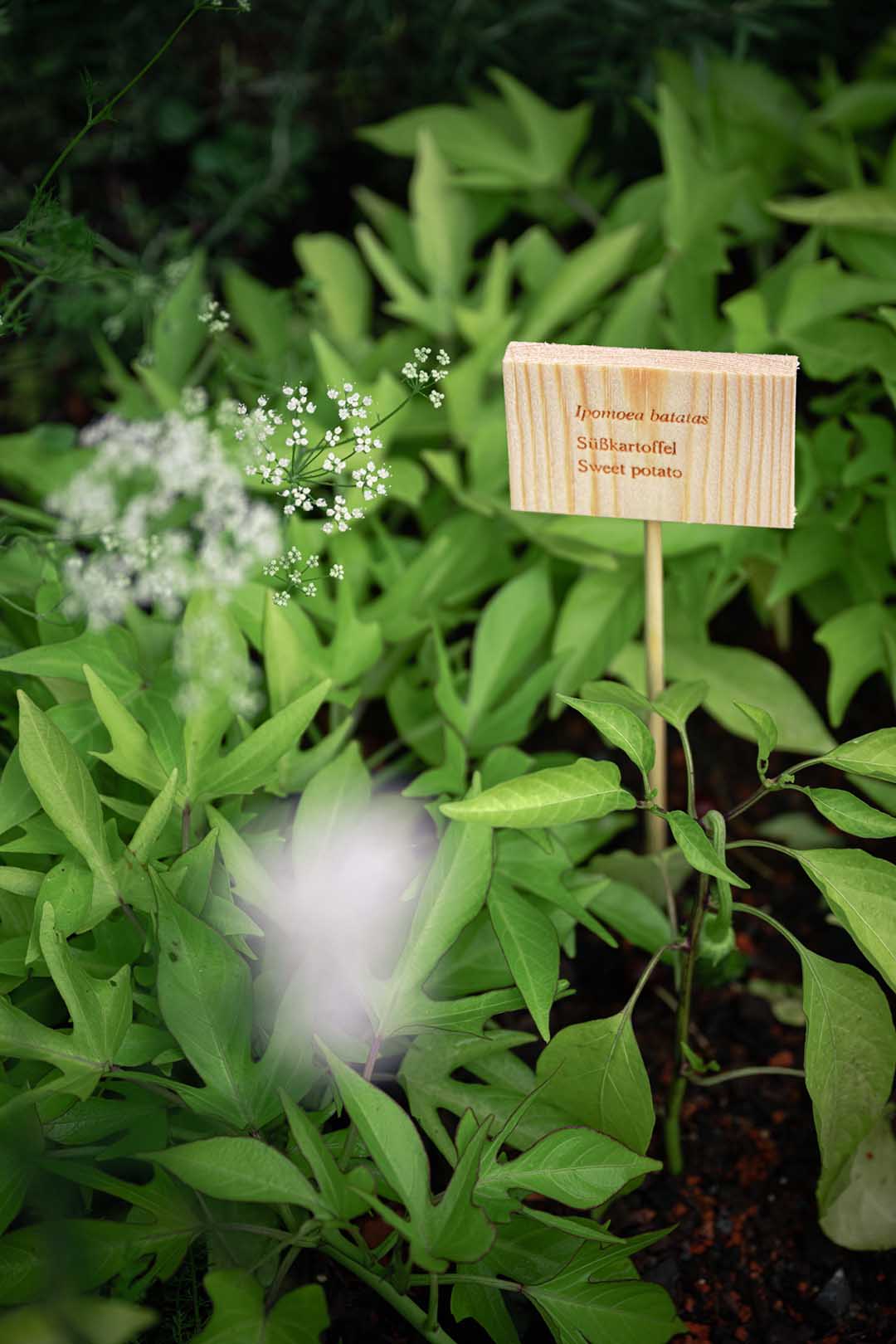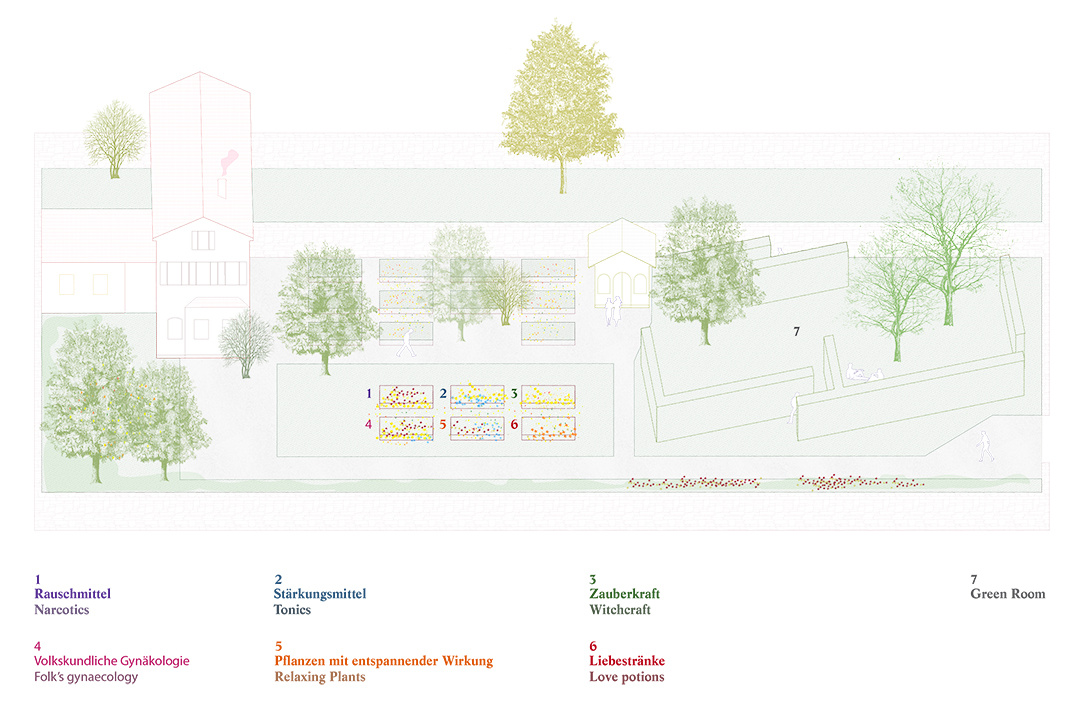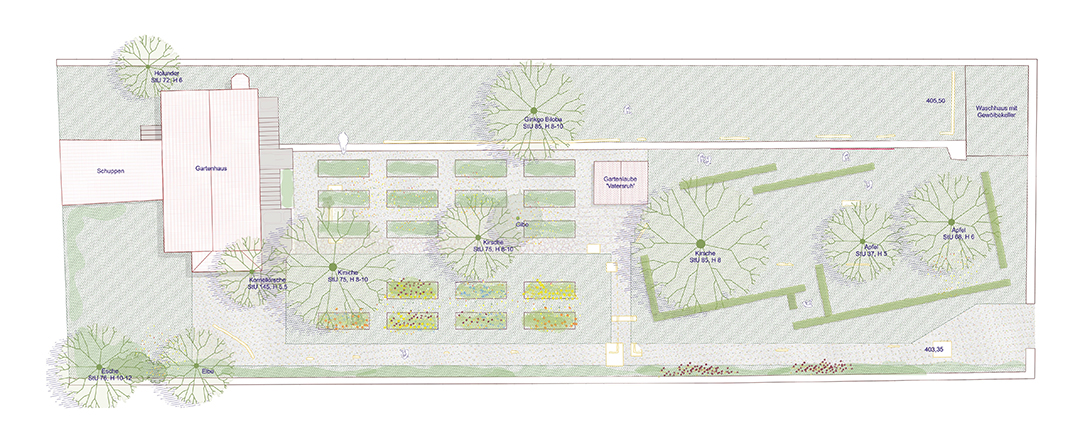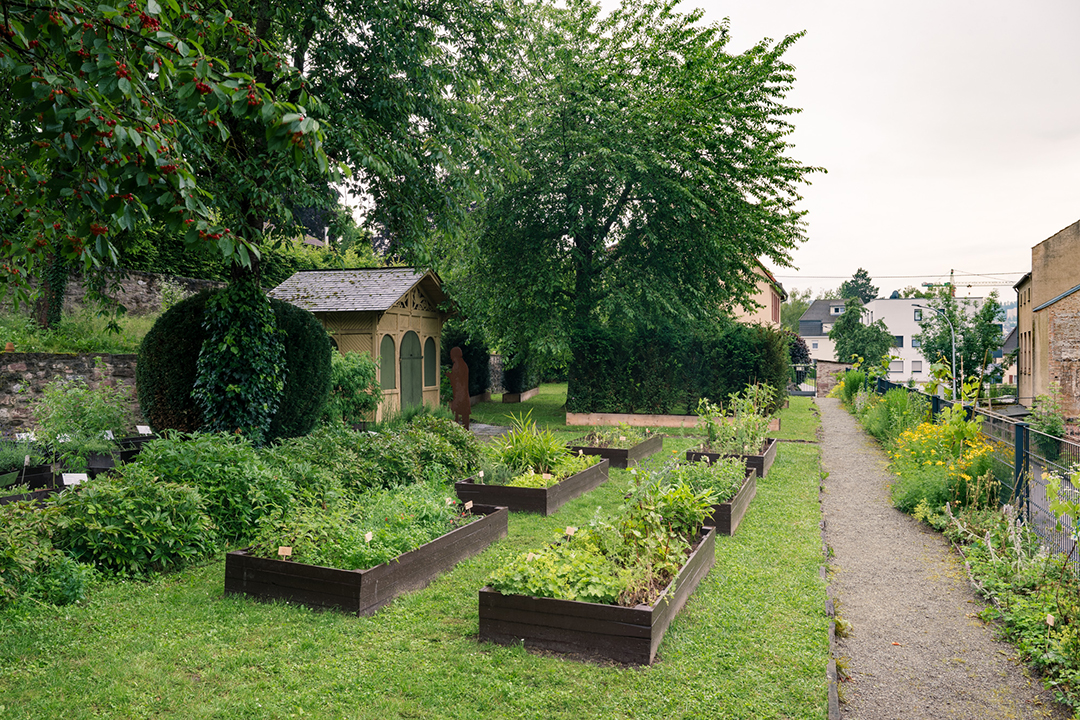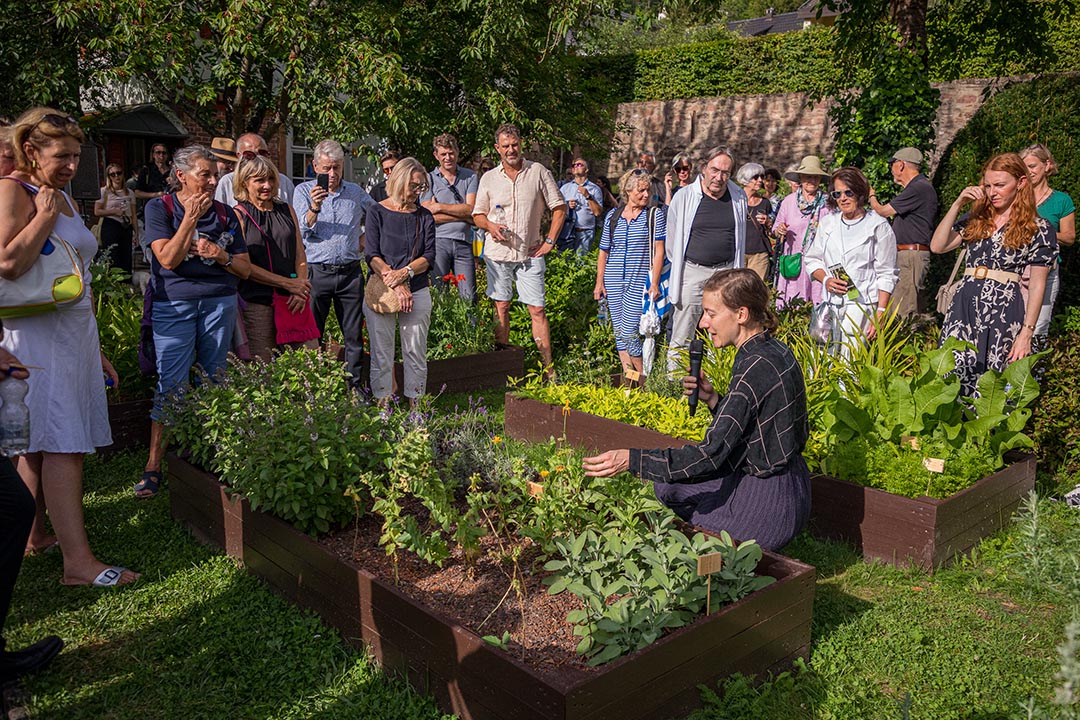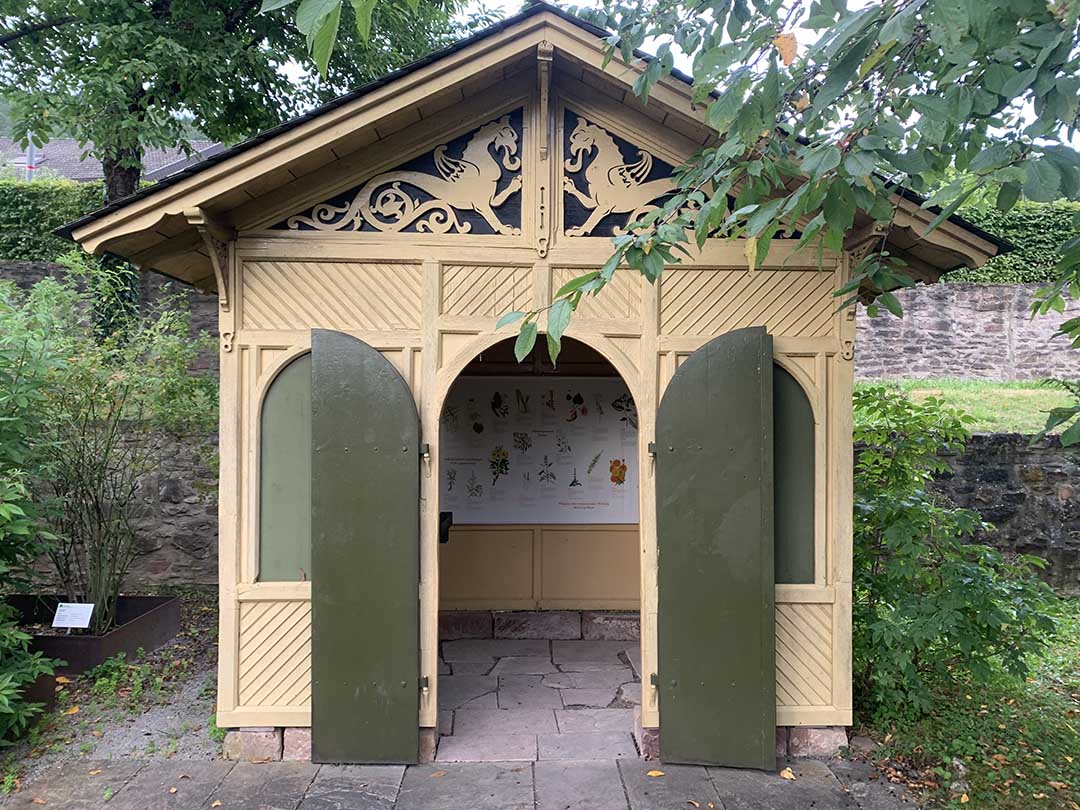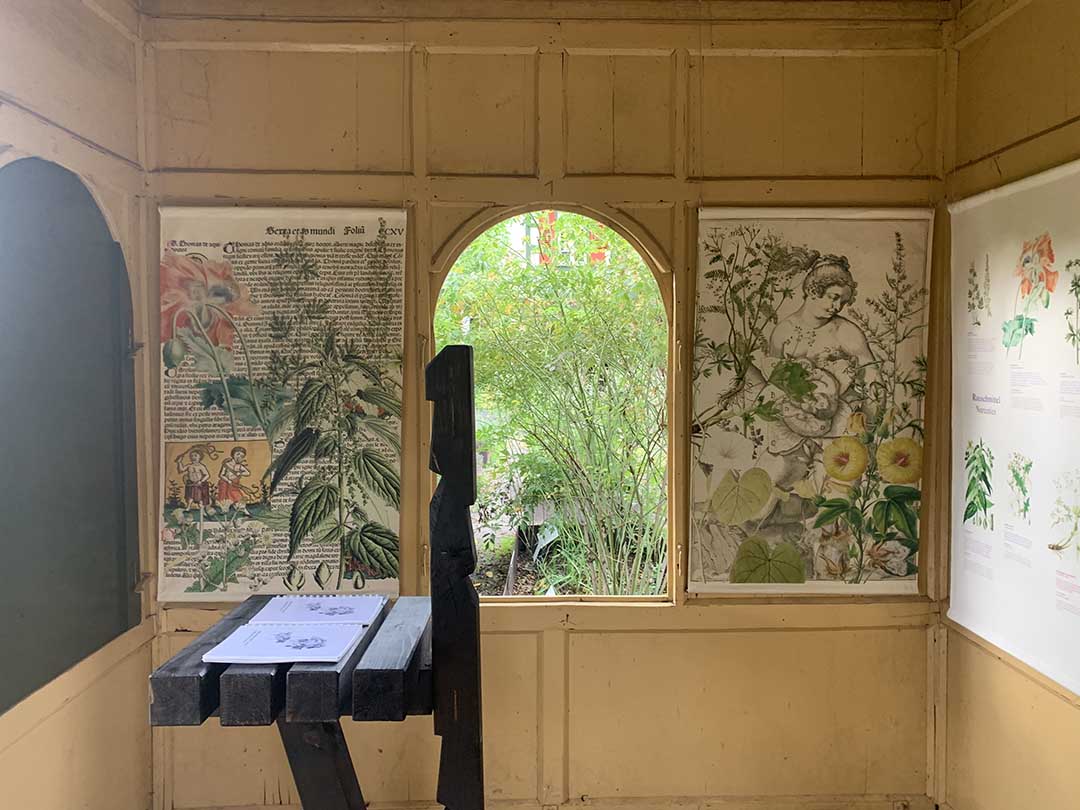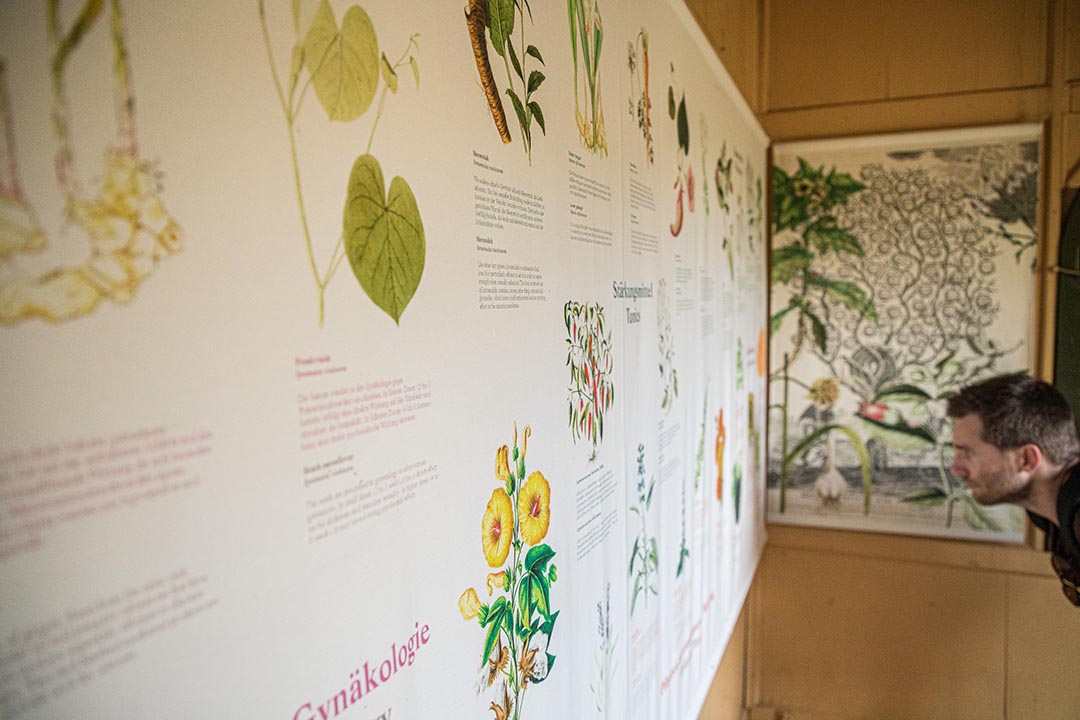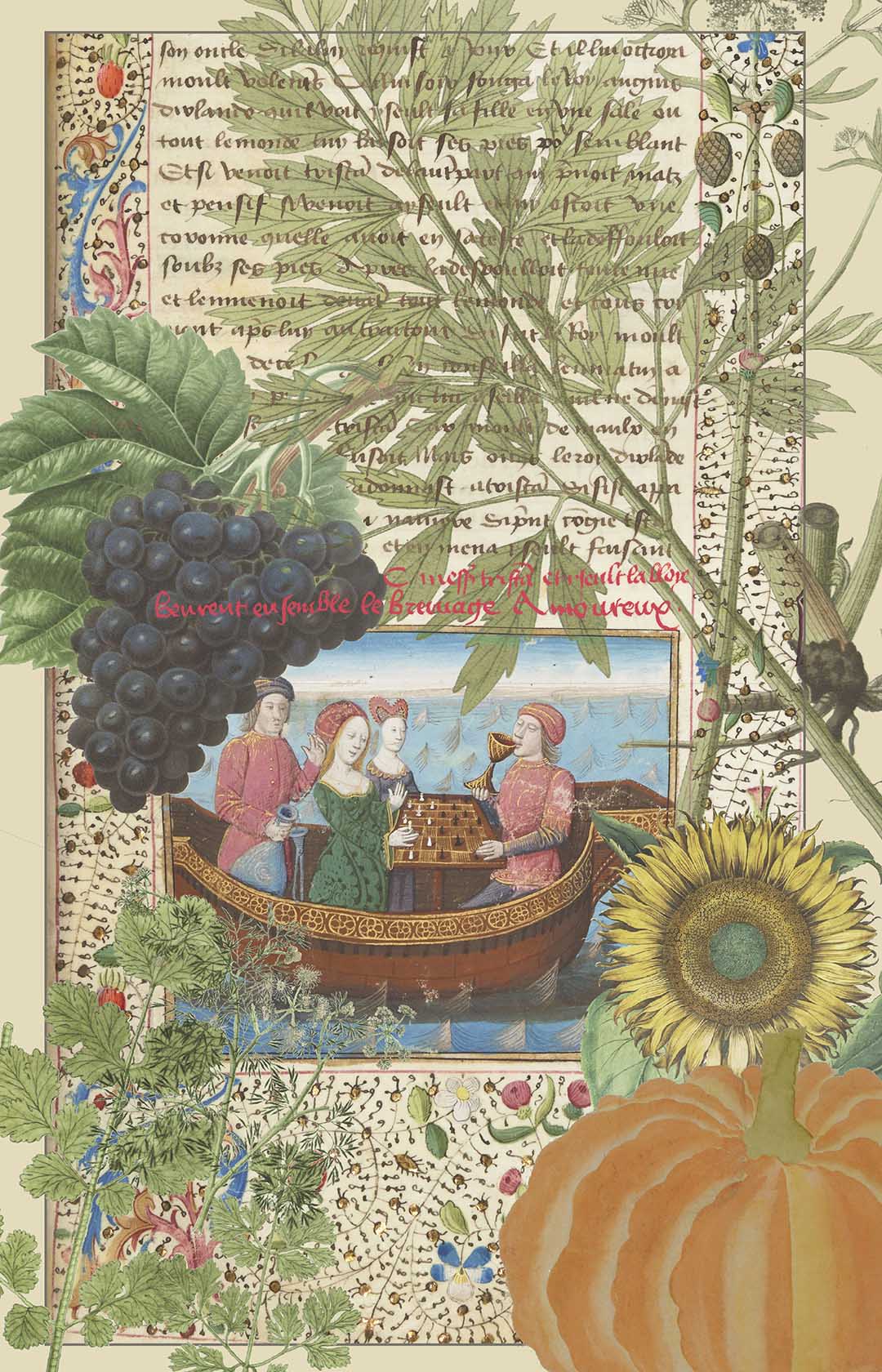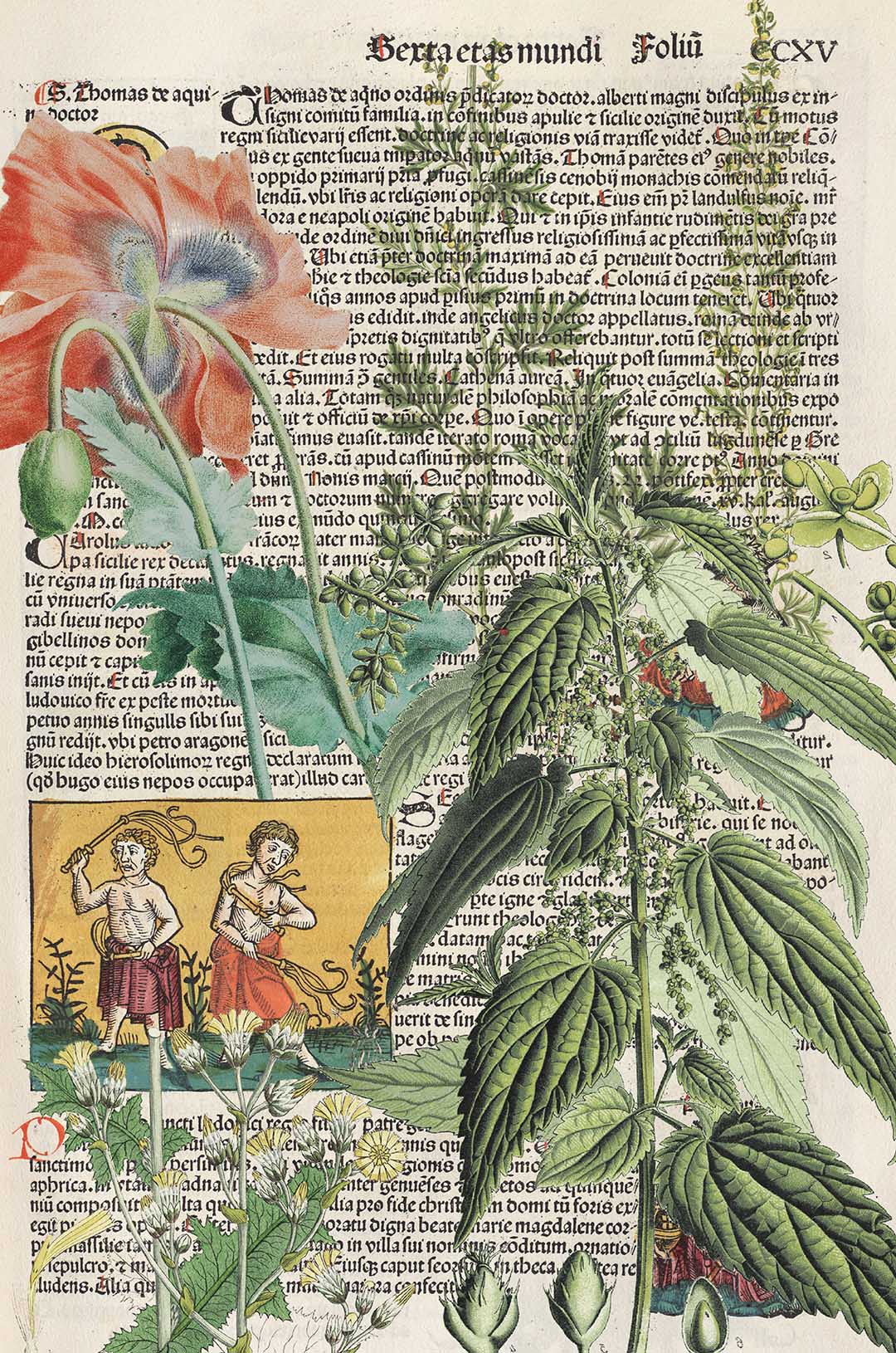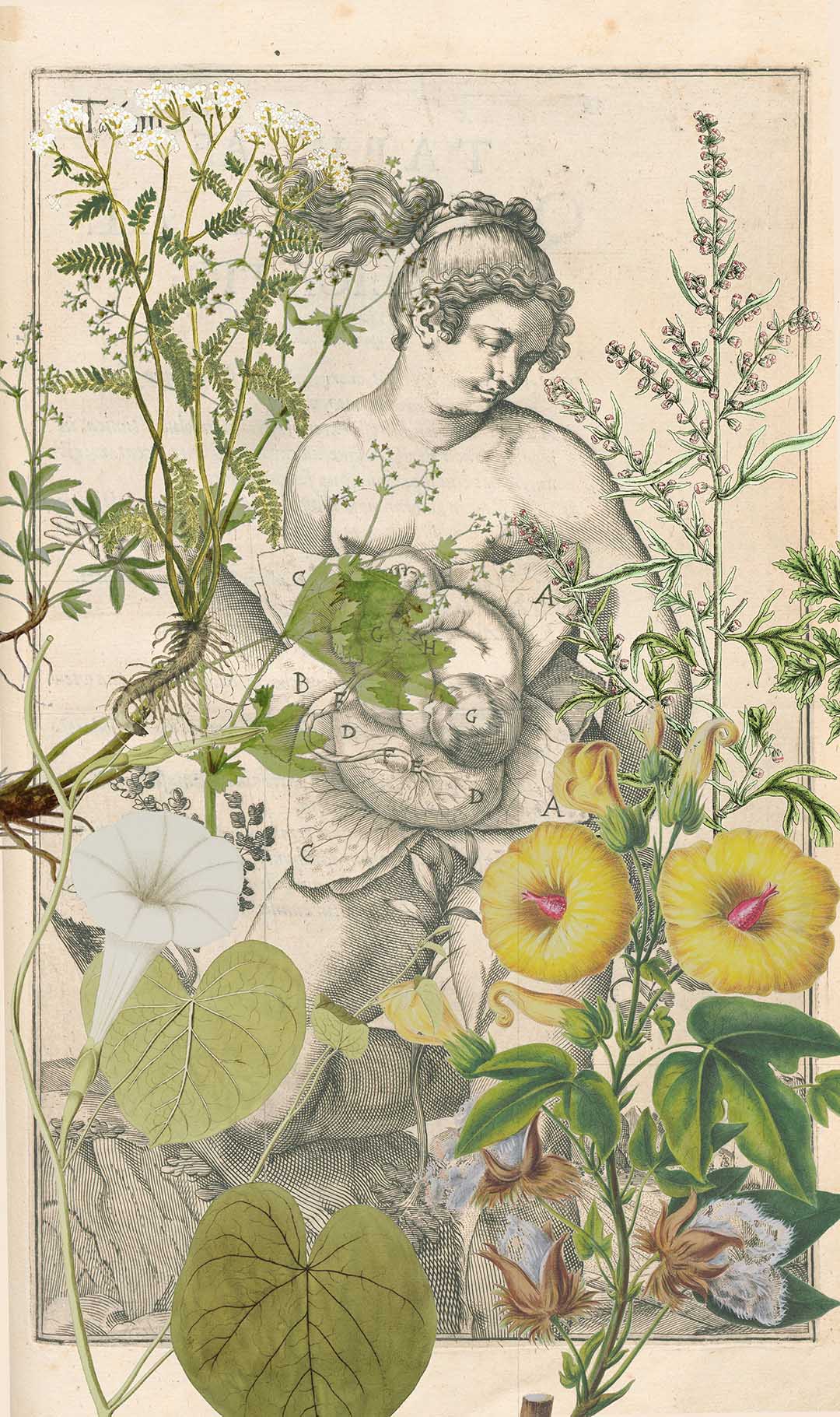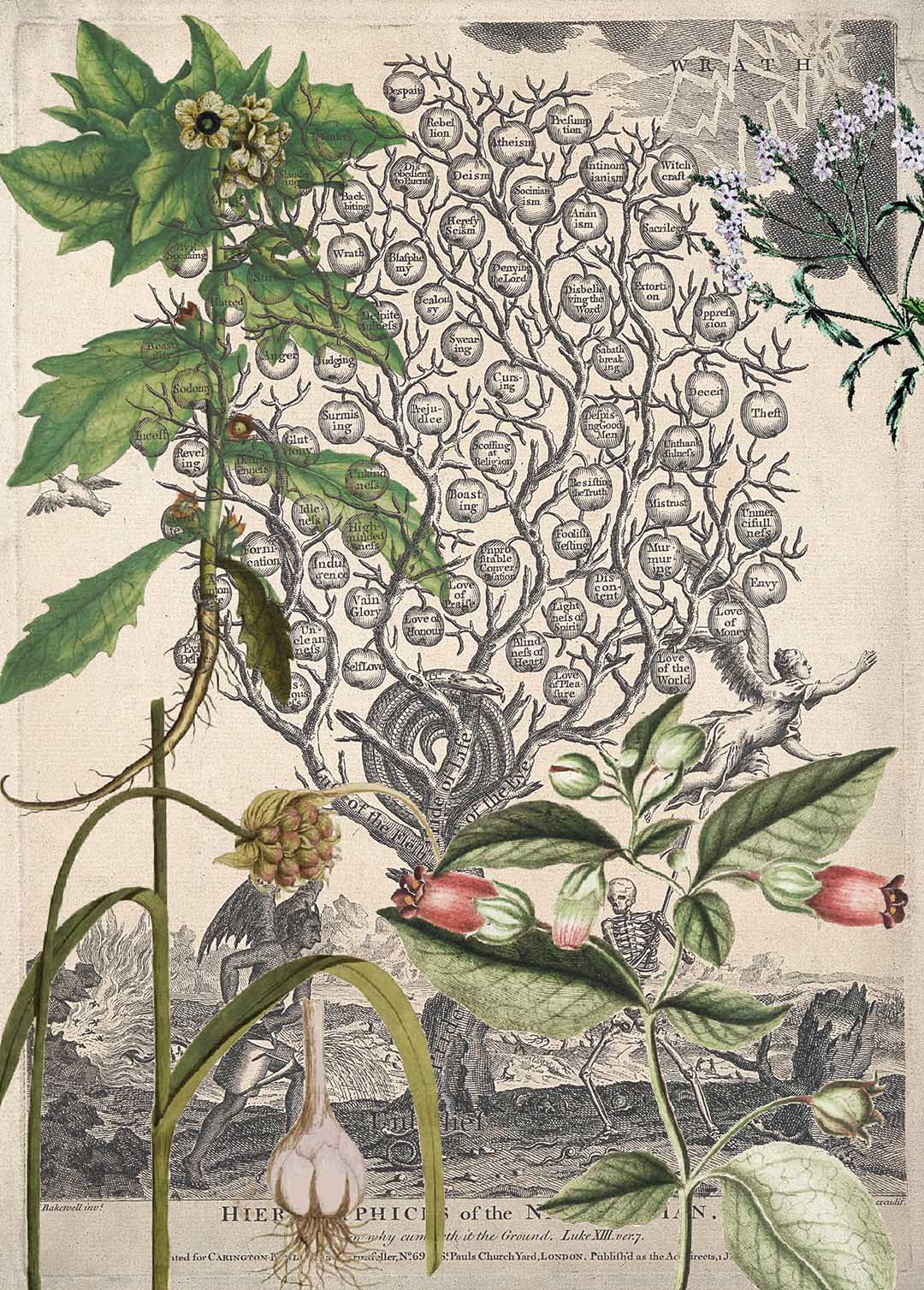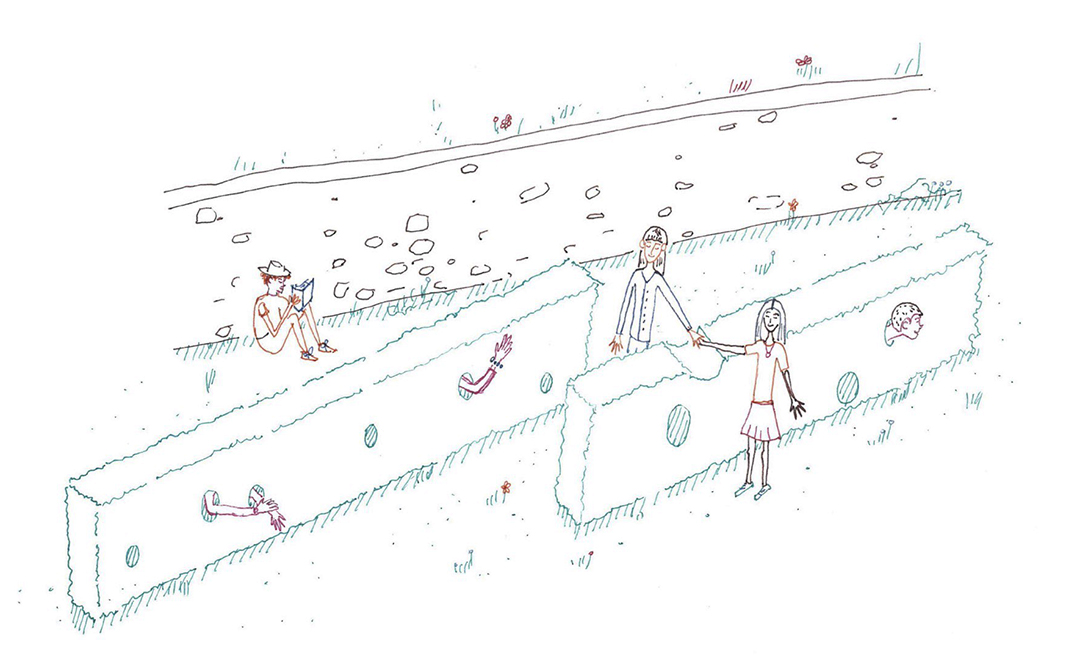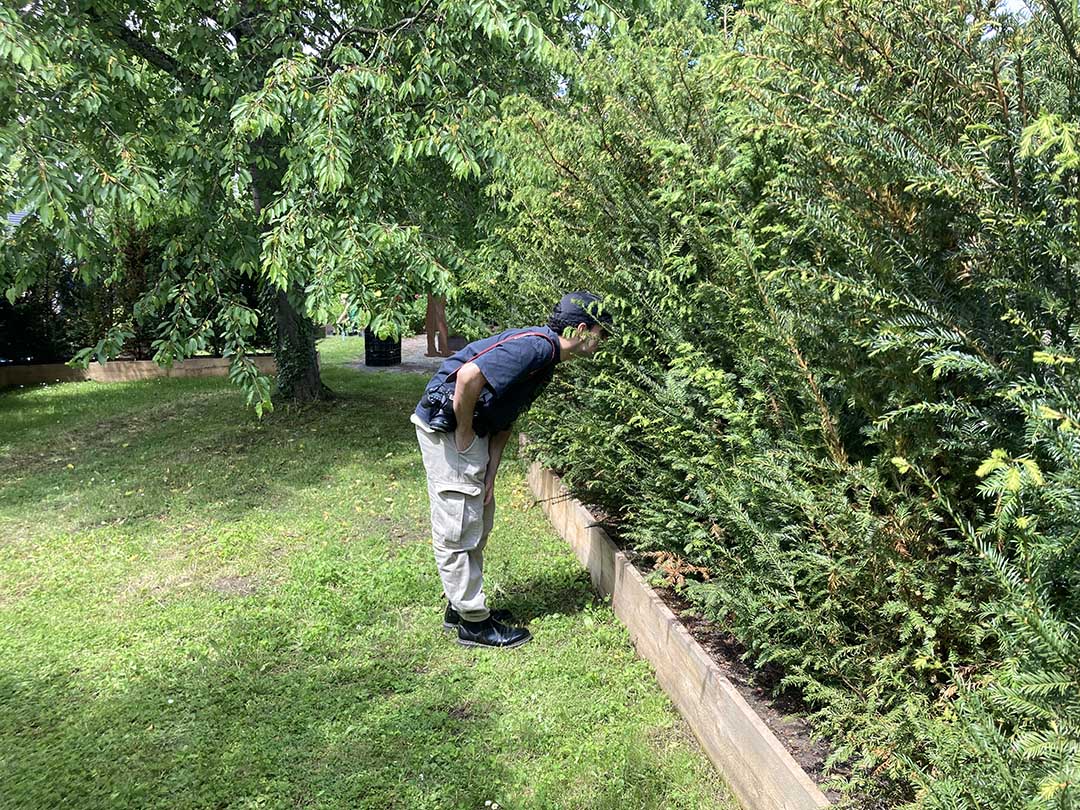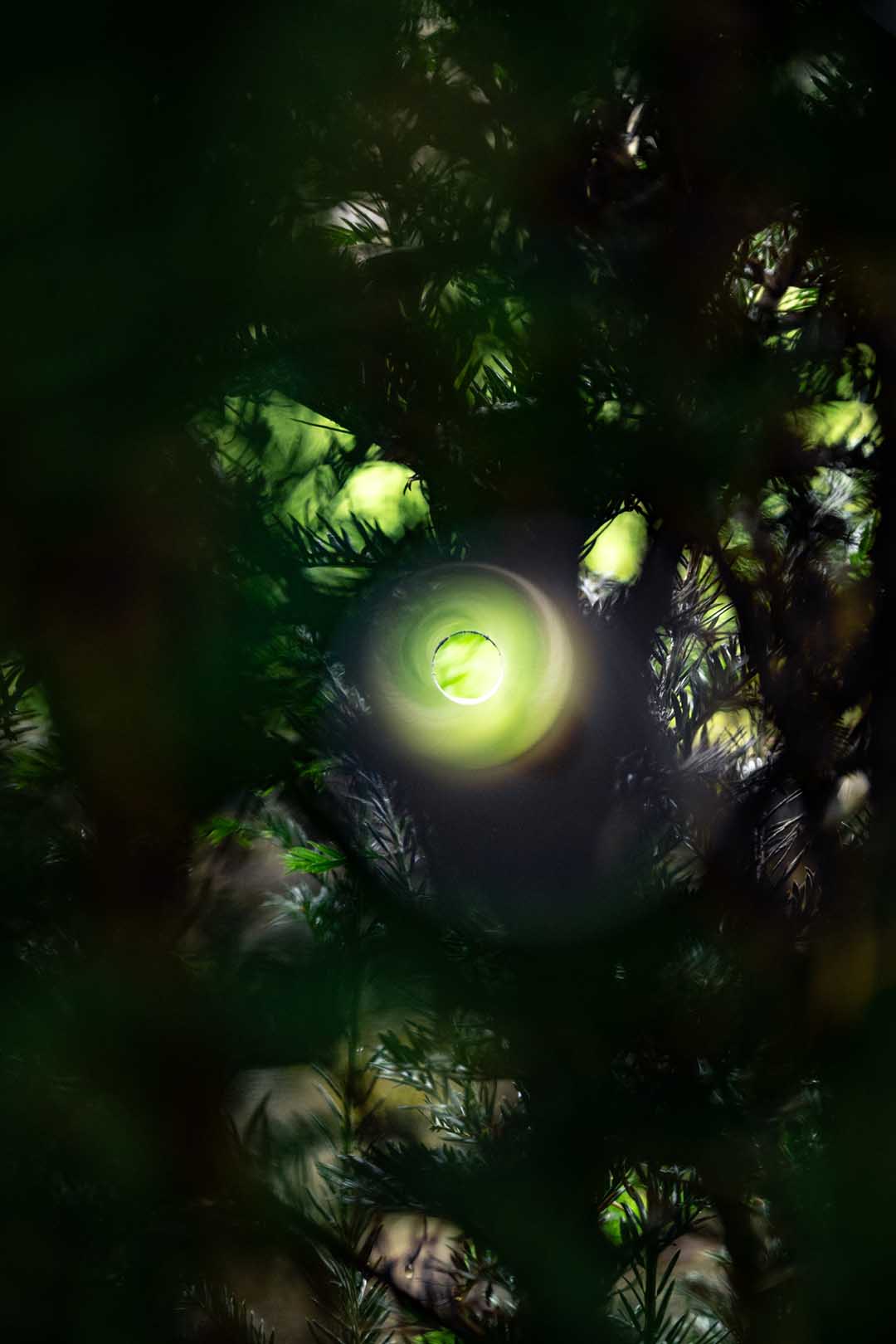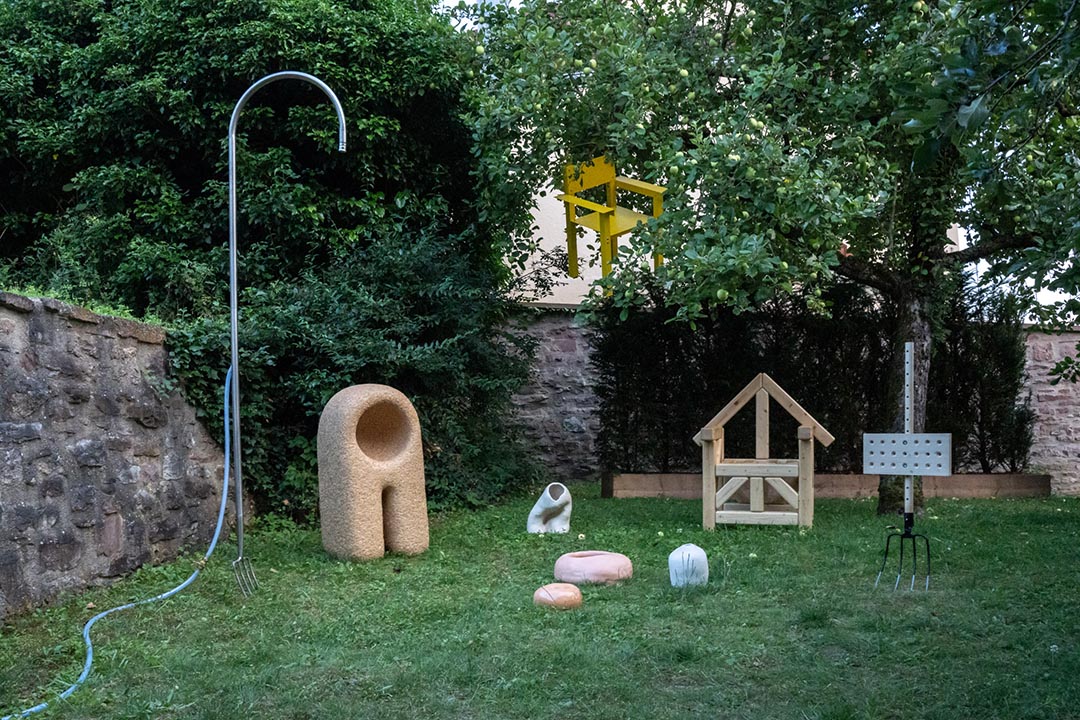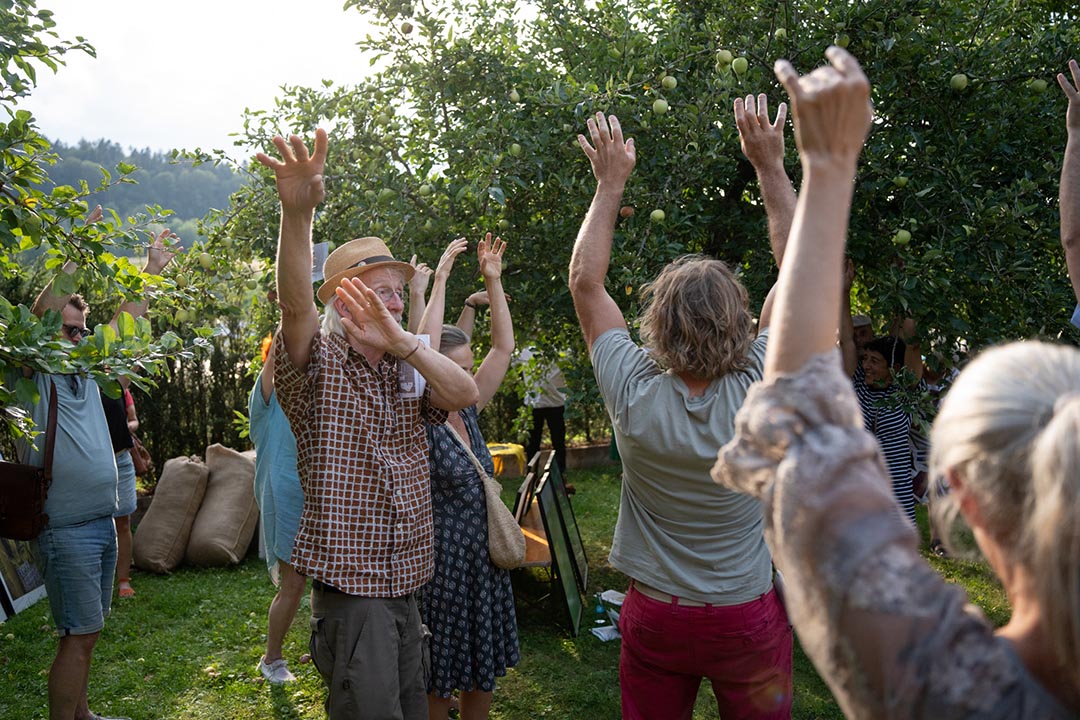Ornamenta
The garden in Nagold’s Zeller- Mörike-Garden has been developed for Ornamenta 2024, a regional exhibition for contemporary art and design held every five years in the Black Forest.
| Location | Zeller-Mörike-Garten, Nagold, Germany |
| Size | 1,000 m2 |
| Time Frame | 2023-2024 |
| Client | Ornamenta |
| Commission Type | Public installation |
ENG This garden showcases a selection of plants that, thanks to their unique qualities, are believed to sharpen the senses. Aphrodisiac plants are known for stimulating the body, evoking desire, and encouraging intimacy. Their effects stem not only from their chemical composition but also from centuries of empirical folk knowledge. The six new planting beds were developed using a database compiled by regional naturopathy experts for Ornamenta. All plants featured here are cultivated by the gardeners of the social garden centre Q-Prints, who also built the beds themselves. The installation at the Zeller-Mörike Garden invites visitors to reconsider aphrodisiacs and to experience an inclusive space designed to appeal to the senses across all genders and sexualities. At the garden’s entrance, visitors first encounter the Green Room—an outdoor chamber framed by rows of clipped yew hedges. The arrangement of these hedges creates a variety of spatial experiences: one can be inside the green room, outside it, between the living “walls,” or positioned between the old stone wall and the hedge. The layout also sets up a stage and backstage, offering a venue for performances, dinners, and movie nights, while equally providing a quiet refuge for solitary wanderers to reflect and find comfort. Additionally, collages exploring the history and effects of aphrodisiacs are displayed in the garden house Vatersruh at the Zeller-Mörike Garden, as well as at the Wildpark Pforzheim.
DE Der ‚Aphrodisiac Garden‘ präsentiert Pflanzen, die dank ihrer Eigenschaften die Sinne schärfen können. Aphrodisierende Pflanzen sollen den Körper stärken, die Libido wecken und zum Geschlechtsakt anregen. Diese Eigenschaften hängen von deren chemischer Zusammensetzung ab, beruhen aber auch auf erprobtem traditionellen Wissen. Die neuen Beete liessen sich dabei u.a. von einer Datenbank inspirieren, die Naturheilkunde-Expert*innen für die Ornamenta erstellten. Die neuen Pflanzen wurden von der sozialen Gärtnerei von Q-Prints kultiviert. Die Holzbeete stammen ebenfalls von der Pforzheimer Organisation. Ziel ist, einen inklusiven Ort zu schaffen, der die Sinne aller Geschlechter und Sexualitäten anzieht. Am Eingang finden Besucher*innen den ‚Green Room‘, ein Raum im Freien, gerahmt von geschnittenen Eibenhecken. Die räumliche Anordnung der Eibenreihen ermöglicht eine Vielzahl von Situationen: man kann sich innerhalb des ‚Green Room‘ aufhalten, außerhalb, zwischen den grünen Wänden, zwischen der alten Steinmauer und der Hecke… So entsteht eine Bühne und ein Backstage zugleich: ein Ort, an dem Vorführungen, Verkostungen und Filmnächte stattfinden können, aber auch ein Ort, an dem einsame Wanderer ihre innersten Gefühle ausdrücken. Zudem entwickelte Baumann Collagen zur Geschichte und Wirkung aphrodisierender Pflanzen, die im Gartenhaus Vatersruh im Zeller-Mörike-Garten und im Wildpark Pforzheim zu sehen sind.
→ Download the plant list of the aphrodisiac garden
Team SCB: Céline Baumann, Diogo Faria
Photography: SCB, Sander van Wettum
